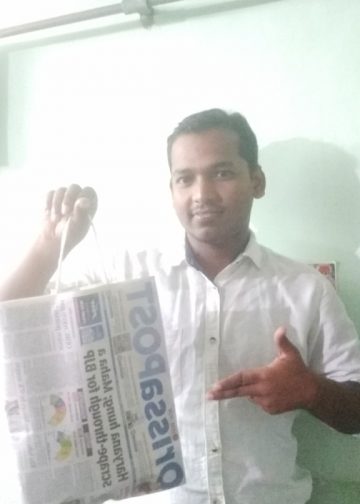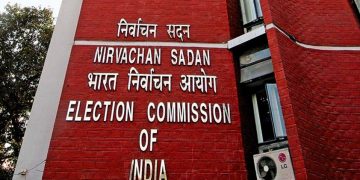EDITORIAL/OPIATE/TATHAGATA SATPATHY
World’s scarce resources are set to become all the more scarce and only we are to blame. India is set to become a water scarce country as early as 2025, which is 10 years from now, according to a study conducted by EA Water, a leading consulting firm in the water sector.
The situation has become so bad that different states are already taking up cudgels against each other over water and related issues. The states of Andhra Pradesh-Orissa-Telangana have been embroiled in a bitter fight over the Polavaram project; similarly Tamil Nadu and Kerala have been involved in a long-drawn legal battle over the Mullaperiyar dam on the Periyar river. In the Periyar case, this 116-year-old dam is located in Kerala. However, it is operated by Tamil Nadu, for which the dam and the diverted waters of the Peiryar river are a lifeline for the districts of Theni, Madurai, Sivaganga and Ramnad. The Cauvery dispute between Karnataka- Tamil Nadu-Kerala has held the attention of the whole country for long. Equally important have been the disputes of the Krishna water between Maharashtra-Karnataka-Andhra; Tungabhadra water dispute between Andhra and Karnataka; the Aliyar and Bhivani water dispute between Tamil Nadu and Kerala; Ravi and Beas water dispute between Punjab-Haryana-Himachal-Rajasthan-J&K-Delhi; Karmanasa river water dispute between Uttar Pradesh and Bihar; Barak water dispute between Assam and Manipur and the list, in reality, goes on and on.
The root cause of the problem is that we have not cared for this precious resource or even understood its importance and the need to preserve it. Only 0.003 per cent of the earth’s water is available for human consumption. The rate at which this resource is being used is alarming. What needs to be noted is that this water is renewable only to a point.
The key resource is groundwater. It is the major source of drinking water in urban and rural India, as well as an important source of water for agriculture and industry. However, the increasing demand for water and the improper management of water resources and environmental degradation have led to scarcity in many parts of the country.
This crisis has not been caused by natural factors but by human actions. Extraction of groundwater is going on at an indiscriminate pace, fuelled by the uncontrolled use of borewell technology. Wells are constantly being drilled for irrigation. Industries are the primary users of great amounts of groundwater. For example, Coca-Cola is alleged to have extracted excessive amounts of groundwater at Mehdiganj bottling plant in Varanasi, sparking protests. While Coke behaves in this negative manner here, in its mother country, the US of A, Nestle has been forced to announce that it will drastically decrease usage of water in California which is encountering terrible water shortages currently.
In urban areas of India, people are covering up water bodies to erect buildings or to facilitate other infrastructure work. Water bodies are also being filled up in rural areas, so that the land can be sold at a much higher price. The rapidly increasing population and the fast-changing lifestyle have also led to an increase in the domestic need for water. The rapid urbanization is also preventing rainwater from flowing back into the underground aquifers and thus hindering their recharge. The reducing forest cover and soil degradation have been named as major causes of lowering water table in most areas.
All this is increasing the pressure on the precious resource and is driving the groundwater table lower. With groundwater not getting replenished fast enough, there is a lot of saline ingress, which has particularly affected the coastal areas.
The problem is compounded by the widespread pollution of groundwater. The water is also being contaminated by the discharge of untreated waste and the unscientific disposal of solid waste. Groundwater is also being polluted by the leaching of pollutants from pesticides and fertilizers into the aquifers.
To rectify the situation, the government must act immediately and look into problems such as water logging, salinity, agricultural toxins and industrial effluents. The government must ensure that forest tanks are renovated in drought-prone areas. Temple tanks must also be renovated. Groundwater aquifers must be regenerated, especially in urban areas. Measures such as rainwater harvesting must be enforced across the country, particularly in urban areas. Urban wetlands must be protected. Such measures might help raise the groundwater level and help reduce saline water ingress.
At the community level, awareness programmes are a must. The government should enhance freshwater resources to reduce the pressure on the groundwater resources. At the legislative level, there should be effective implementation of laws regarding groundwater extraction and use, particularly through self legislation by communities.
Action has to be taken at all levels and in a coordinated manner. Even individual-level measures such as community initiatives, legislation or water harvesting will go a long way in helping alleviate the situation.





































